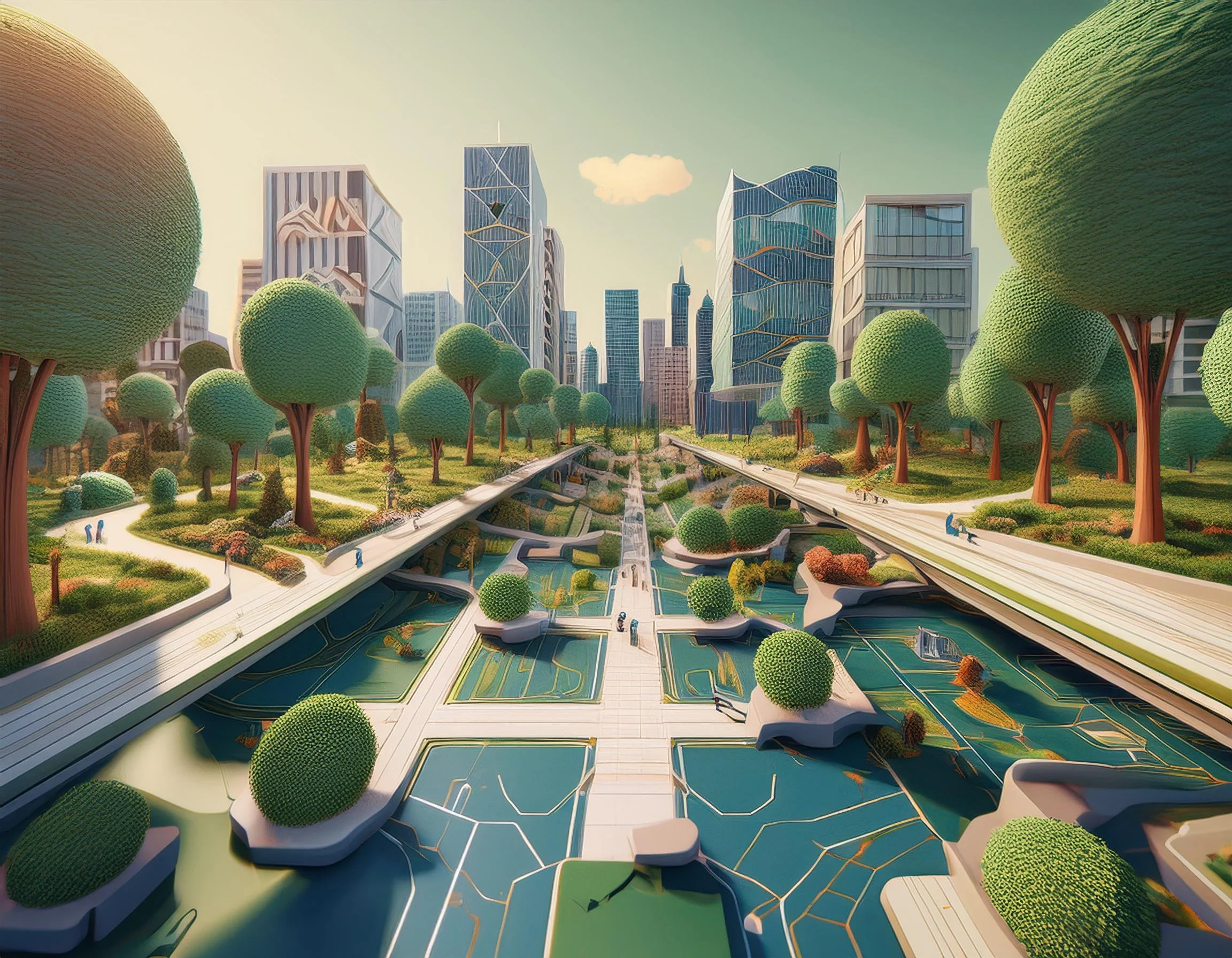How State and City Building Incentives Are Changing University Heights
Publisher’s Note: In previous issues of UH News, we’ve published articles from residents in the Valle Vista Terrace Historic District regarding a 3-story ADU project. In an effort to provide readers with a better understanding of the complex and changing zoning and building laws in both San Diego and the State of California, we’ve asked Bill Ellig, UHCA and Uptown Community Planning Group Board member to help by educating our readers with this two-part series on zoning, community plans, and how they affect neighborhoods like UH. Based on the early feedback we’ve received from the Community Meeting survey, we will be spending more time on this topic, here as well as in our community meetings.
Starting in 2015, the State of California and the City of San Diego began incentivizing new building construction through upzoning, municipal code changes, streamlining permit processes, eliminating project review by Community Planning Groups, and by offering height and density bonuses for projects within a “Transit Priority Area” (TPA), now called a “Sustainable Development Area (SDA).” Virtually all of Normal Heights, North Park, and University Heights are located within a TPA (or SDA).
Some of these new regulations bypass approved zoning and community plans to allow the construction of unlimited ADU’s on single-family zoned parcels (Bonus ADU Program), and out of scale, multi-story buildings without parking on multi-family zoned parcels (Complete Communities Program). These permits are often approved with only staff review and without community knowledge or input.
The goal of all this new construction is to fulfill the California Department of Housing and Community Development requirements for additional housing units as part of a state-mandated planning process called the Regional Housing Needs Assessment or RHNA.
Of the total units required, over 60% are supposed to be deed-restricted units affordable to Very Low-, Low-, and Moderate-Income households. Development Previously Guided by Zoning Regulations
Prior to 2015, new construction in the City of San Diego was guided primarily by zoning regulations which are based on approved Community Plans and codified in the Municipal Code. Zoning laws regulate the types of land uses that are allowed in each zone such as residential, commercial, industrial, or agricultural. Zoning also regulates the density, height, and setbacks of building.
Historically, zoning and permit review has been a straightforward process. Project plans that meet all zoning requirements are reviewed and approved by City staff. This is called Ministerial Review, and no public input is required. If the project does not meet zoning specifications, then it is reviewed by the local Community Planning Group and the City of San Diego Planning Commission. This is called Discretionary Review.
If the project requires the demolition or substantial change to a building older than 45 years, additional historic review is required.
Key City and State Building Incentives
Following is a summary of key regulations passed at the state and local level to incentivize new construction:
2015: the City’s Climate Action Plan recommended “transit-oriented development” within ½ mile of transit stops as the crow flies to reduce vehicle miles traveled.
2016: updates to the North Park and Uptown Community Plans upzoned areas and allowed developers to build projects with significantly increased densities and building heights in areas along major bus routes with only ministerial review and “suggested” design guidelines
2018: the State of California passed legislation making it easier to build ADU’s (Additional Dwelling Units) throughout the state.
2020: the Complete Communities Housing Solutions Regulations were approved by the City Council and added to the San Diego Municipal Code. With only ministerial review, the Complete Communities program circumvents approved zoning and allows for the construction of multi-story buildings without off-street parking within a TPA (or SDA) if the development includes the appropriate number of affordable units and has an underlying zoning of at least 20 dwelling units per acre.
2023: City Council approved a plan to expand the area for building incentives from within ½ mile of transit stops as the crow flies to 1 mile walking distance and renamed Transit Priority Areas to Sustainable Development Areas.
2024: City Council expanded on the State ADU law to allow almost unlimited ADU’s on a property with certain restrictions. This is known as the Bonus ADU Program and like the Complete Communities Program, circumvents approved zoning.

